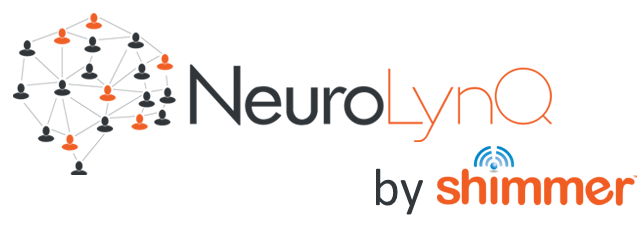Ipsos Uses Shimmer’s NeuroLynQ Platform to Conduct Neuromarketing Super Bowl Ad Study
Once again in 2019 Shimmer’s NeuroLynQ platform was employed by Ipsos to study an audience’s non-conscious, real-time response to all the advertisements during the 2019 Super Bowl.
Last year’s study in New York, see here, saw Tide come out on top with a series of Ads that best stimulated the audiences emotional responses. This year Chicago was the venue as an audience of 37 football fans were gathered for a Super Bowl party. In line with the competing teams, New England Patriots fans accounted for about half of the group, while LA Rams fans made up the other half. All 37 fans were fitted with NeuroLynQ sensors to passively capture their GSR and ECG continually, and wirelessly transmit the data live to a central server. To enhance the party atmosphere, participants were allowed bring along their friends while snacks and beers were provided. As people watched the game and ads from easy chairs in the Chicago theater, they were able to talk, eat and drink as they normally would at a Super Bowl party.
On average the 2019 ads showed less engagement than the 2018 class. The game itself also saw a lower audience engagement, likely owing to dramatically lower scoring game with just a single touchdown, compared to 9 in Super Bowl LII. As Ipsos’s Pedr Howard stated “The $5.25 million question is whether the game itself impacts the engagement with the ads or whether we saw a dip in creative quality. “
Following the game the NeuroLynQ software quickly kicked into action and within minutes was able to decode which ads had the strongest impact. This remarkably quick turnaround represents a new milestone for neuromarketing studies. The NeuroLynQ system had to process more than 300 million data points, and continually transmit the data from 37 sensors in real time as the participants enjoyed a Super Bowl party for more than four hours.
The top 10 ads, based on highest peak emotional response across the audience were:
Google (100 billion words)
Amazon Alexa
SimpliSafe
T-Mobile (Lyft Driver)
Toyota (Rav4)
Mint Mobile (Rav4)
Doritos (Chance the Rapper and the Backstreet Boys)
T-Mobile (Keep it brief)
Pepsi
Mercedes Benz (A-Class)
As you can see Google’s 100 Billion words Ad generated the strongest unconscious response amongst the audience. The ad which was about how real-time translation brings people together, peaked when 87.5 % of the audience experience a measurable response. This peak coincided with the political portion of the ad when the “Get Out“ graffiti was displayed.
For Ipsos NeuroLynQ adds a new dimension to the research they typically undertake at similar events such as surveys. “Being able to see the results in real time enabled us to share live data while ads were still showing, and compute rankings of all the ads within a couple of hours,” said Pedr Howard, senior vice president, Ipsos Creative Excellence. “We believe this is a markedly different ranking system to most used in the industry for two reasons,” said Manuel Garcia-Garcia of the Ipsos Science Organization. “First, it is entirely based on nonconscious reactions and second, the data was collected during the event itself, reflecting the real world response and context around the Super Bowl.”
Biometric Trace Videos
A unique feature of NeuroLynQ is the ability to be able to impose the biometric trace captured from the audience onto the original source video stimuli that they viewed. This allows for a quick visual representation of the responses garnered for an ad at each separate point of the ad. The four examples below include the top 3 ads that generated the highest emotional responses during Super Bowl LIII. The green line represents the % of the audience experiencing some response, while the orange line indicated the % of the audience who are having a high response at each moment.

